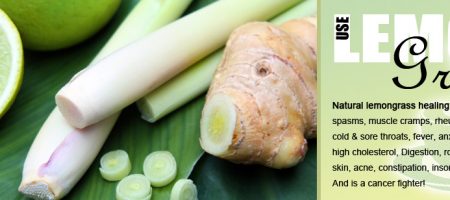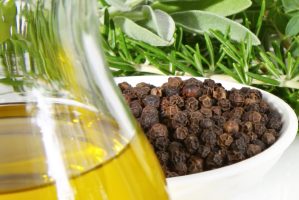Todd Conaway’s Alcohol Cook Stove
A review of Todd Conaway’s Alcohol Stove. Todd introduced us to his creation back in November 2012 during the Prepper’s Fair we held in Edmond, OK. He demonstrated its usefulness, and amazed the crowd. Upon receiving one of my own, I was ready to put it to work. This stove is a simple design and extremely effective product. Though the stove is currently not in retail production, Todd has plans to market and sell this device to the public.
The stove is an alcohol stove designed to heat items quickly. Todd designed this device to use either methyl alcohol or denatured alcohol. While you may be able to cook an entire meal for the family on it, it is meant as an individual stove. For this review, I performed a simple test boiling water with it in my new STANLEY Adventure Cook Set. Standing about twice as large as a hockey puck, Todd’s stove measures 3 inches diameter and stands 2 inches tall; perfect size to fit in my Cook Set. . SAFETY NOTE: This is a liquid fuel stove! Ensure you are using it on a flat and stable surface. Also, shield the flame from wind.
This particular stove has a nice emerald green anodized coating on the outside. He has made others with different color anodized coatings. Or you can get one that is un-anodized. The durability of this stove is its most attractive feature to me. I can literally stand on this stove and it is unaffected. Many stoves on the market have attachments and cradles that are just too dainty for my abuse. Last thing I need is a device that dents or crushes preventing me from cooking.
I tested this stove with two fuels, Isopropyl Alcohol(91%) and Methyl Alcohol (HEET Fuel Additive). Goal, how long would it take to boil 20 ozs of water? Room temperature was 67 F and water temp was 40 F. The orange flame is the Isopropyl Alcohol burning. Todd explained that the water content of the Isopropyl Alcohol is what causes the soot and orange flame. He also mentions that the actual burn temperature of Isopropyl Alcohol is cooler than Methyl Alcohol and Denatured Alcohol. Using 70 % Isopropyl Alcohol will work, but will be significantly less efficient; not to mention the sootier burn. The stove was filled with about 2 ozs of fuel. The liquid was added until it reached the top of the first ring in the middle. Please note, the fuel will travel into the base through small holes. I added the fuel to it three times before all 2 ozs of liquid filled the bottom.
After igniting the fuel, less than two minutes later, the flame “flowers” into the smaller holes to create the cooking flame surface. Once I placed a pot over the top of the stove, I noticed the stove would have minor surges. In other words, the flames would grow slightly larger and contract as the temperature of the fuel rose.
10 mins after igniting the fuel, I had boiling water!
The Isoproply Alcohol burns a little dirty. The soot can be seen with my finger swipe along the bottom of the pot.
After removing the pot, I noticed that the anodized coating directly in contact with the pot surface had deteriorated. Not a big deal. Anodized coating is not meant to survive high heat and surface tension.
The anodized coating is unharmed on the outside of the stove. The test was repeated using Methyl Alcohol (HEET Fuel Additive).
Of note, Todd mentioned that HEET in the yellow bottle has additives to it that cause it to burn less efficiently than pure methyl alcohol. The methyl alcohol burns much cleaner with a blue flame. That blue flame also provides a higher cooking temperature. The water just started to boil as the flame burned out after ten minutes. Perhaps I placed a drop or two less fuel in the Methyl Alcohol test.
Bottom line: Fantastic Stove! Fully functional, and compact stove designed for individual heating. 20 ozs of boiling water is more than enough to make tea, coffee, or soup. 2 ozs of fuel provide approximately 10 to 13 minutes of cook time. Need to cook longer? Add a little more fuel. Only add enough to go just over the top of the opening in the bottom. Additionally, Todd explained that the higher the water temperature is in the beginning, the faster the boil time. In his tests, Todd used 16 ozs of water with a temperature of 54 F and the ambient room temp was 60 F. As a result, his boil times were around 6 min
After conducting this test with Isopropyl Alcohol and Methyl Alcohol, I’m tempted to experiment with other fuels. Todd was quick to inform me that this stove IS NOT designed for petroleum fuels such as diesel or kerosene. Using fuels of this type would result in severe injury with this design. Todd is currently working on a design for a multi- fuel stove. As it stands, I like the fact that I can use Isopropyl Alcohol because it means I can use a fuel already in my kit. Despite the sooty burn, Isopropyl Alcohol does double duty for me, first aid and now cooking fuel.
Good job Todd! We look forward to you placing this item in production! Todd can be contacted for more information at conawayplace@cox.net.








